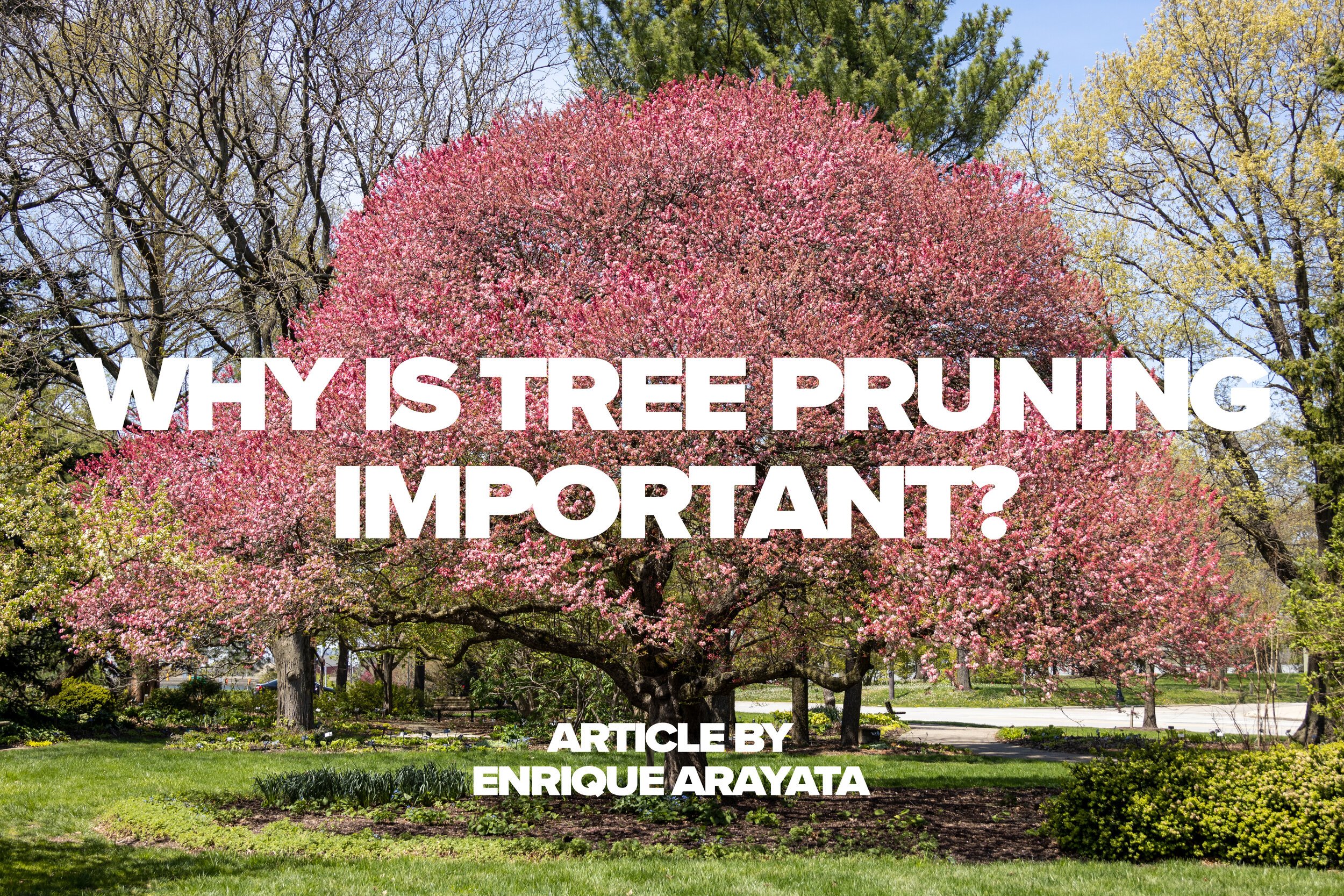By Chris Gill
ISA Certified Arborist® OH-6416A
April 3, 2025
The word “storm” can take on many different meanings: Thunderstorms, blizzards, ice storms, tornadoes, hurricanes, or one of our crew leaders Storm Wellman! Jokes aside, all types of storm events can wreak havoc on properties, causing significant damage to homes, landscapes, and personal property. Preventing storm damage is crucial for safeguarding your property and minimizing costly repairs. By taking proactive steps you can reduce the impact of severe weather. Regular maintenance and preparation are key to ensuring that your property remains protected when storms occur. In this article, we will explore practical tips to help protect your property against the destructive forces of nature.
WHAT IS "STORM DAMAGE"?
General Crew Leader Harry Carter removing a tree off of a house that failed during a thunderstorm.
Storm damage occurs when a tree or limbs from a tree fall and damage valued property. This can range from a tree limb falling on your gutter to a large tree falling onto your home. Storm damage results in millions of dollars in property loss every year.
IS IT POSSIBLE TO PREVENT STORM DAMAGE?
While it is not always possible to eliminate storm damage, steps can be taken to reduce its impact. However, extreme storms may still cause damage despite preventive efforts. See below for useful tips to help you identify at-risk trees and limbs as well commonly employed interventions to mitigate these risks for the future.
HOW TO IDENTIFY STORM DAMAGE RISKS
The key to reducing potential storm damage is identifying the hazards. The following are a few simple ways to try and identify potential hazards.
1. Look for hazardous dead limbs close to your house or other valued property
Dead limbs near a house.
2. Try to identify declining trees on your property by looking for the following:
A large number of dead limbs in the canopy of the tree
The existence of conks or mushrooms which are the fruiting bodies of decay on the trunk of the tree
In general, a tree that appears unhealthy (missing leaves, loose bark, etc.)
An example of co-dominant stems with multiple brace rods installed.
3. Locate high risk co-dominant stems
These are tight “V” type unions
May appear as multiple stems originating from one point in the trunk.
HOW TO MITIGATE HAZARDS
Mitigating the hazards within your trees can be done in many ways. At Russell Tree Experts, we can identify general and more noticeable hazards on your property during a tree inspection such as our free anytime quote or optional firm time quote by one of our 20+ ISA Certified Arborists®. Another option to consider is a tree risk assessment containing a thoroughly written report on a suspected hazardous tree. In this scenario, an ISA Certified Arborist® with a TRAQ (Tree Risk Assessment Qualification) will employ various tools and tests from head-to-toe of your tree to assess the overall risk rating of your tree. Once hazards are identified either though a property inspection or tree risk assessment, a full mitigation plan can be put together. This plan may include, but is not limited to, tree pruning, tree removal, brace rod installation, cabling, and lightning protection to make your property safer and more resilient to storms.
IN SUMMARY
Don’t be scared - be prepared. A well-maintained tree with regular pruning and care will be stronger and more storm-resistant. Proactively identifying hazards and putting together a mitigation plan can help save money as well as reduce headaches when storm events occur. In the event of severe storm damage caused by a tree, Russell Tree Experts provides 24/7 emergency tree services with quick mobilization. For a free tree quote by one of our 20+ ISA Certified Arborists®, visit RussellTreeExperts.com/Quote or speak to our local, friendly office staff at (614) 895-7000!
Please note: This article was originally published on 9/19/2024 and was revised on 4/3/2025.
CHECK OUT THESE STORM RELATED VIDEOS!
Additional Arbor Ed Articles!
Chris Gill I Regional Manager, Russell Tree Experts
Chris joined Russell Tree Experts in 2015 and has been in the green industry for over 15 years. When not at RTE, he enjoys spending time with wife & son, wakeboarding, and hunting. His favorite trees are the white oak & sugar maple for their beauty and uses beyond the landscape. Chris is an ISA Certified Arborist®, EHAT certified, CPR and first aid certified, holds an ODA commercial pesticide license, and holds a tree risk assessment qualification (TRAQ).









